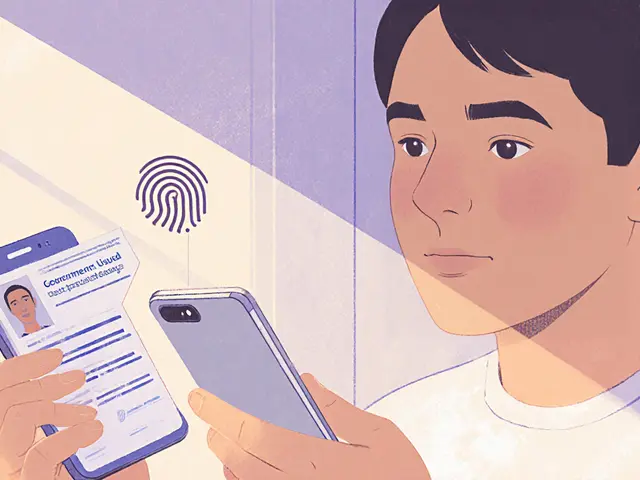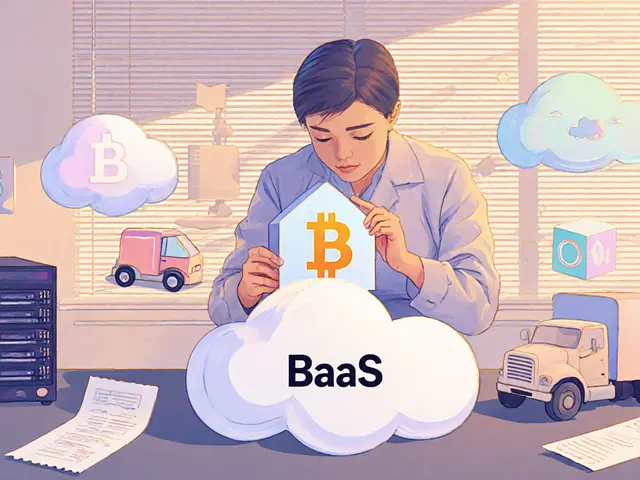Decentralized Communication: How Peer‑to‑Peer Networks Are Changing the Way We Talk
When working with decentralized communication, a method that routes messages directly between participants without a controlling middleman. Also known as distributed communication, it gives users ownership of their data and eliminates single points of failure.
One of the core engines behind this model is blockchain, an immutable ledger that records every transaction across a network of computers. It provides the trust layer that lets peers verify messages without a central authority, so decentralized communication can operate securely even when the participants don’t know each other.
Another building block is peer‑to‑peer (P2P) messaging, direct communication between devices using encrypted channels. P2P eliminates the need for servers, reducing latency and censorship risk. In practice, P2P messaging encompasses the routing logic that powers chat apps, file sharing and real‑time video streams on a trust‑less network.
Platforms like decentralized social media, networks where each user runs a node that stores and shares content illustrate how the same principles scale to public conversations. These networks let creators publish without a platform gatekeeper, while the underlying blockchain ensures content provenance and rewards contributors.
Economic incentives often come from cryptocurrency tokens, digital assets that reward participants for contributing bandwidth or storage. Tokens align user interests with network health, turning idle resources into a share of the ecosystem’s value. This token model requires smart‑contract logic on the blockchain, tying financial incentives directly to the quality of decentralized communication.
Privacy and security are not optional add‑ons; they are baked into the design. End‑to‑end encryption protects payloads, while the distributed ledger guarantees that no single entity can tamper with message history. Together, these safeguards create a system where users keep control of their identity and data, even under hostile network conditions.
Regulation influences how quickly these technologies spread. Governments that recognize the benefits of open, peer‑to‑peer channels tend to craft lighter compliance rules, whereas heavy‑handed bans can push developers toward more resilient protocols. Understanding the regulatory landscape helps participants navigate risks and seize opportunities within decentralized communication.
What You’ll Find Below
The articles that follow dive deeper into each of these pieces. From tokenomics of specific coins to real‑world case studies of airdrops, exchange reviews and tax guides, the collection shows how decentralized communication intersects with crypto markets, legal frameworks and emerging business models. Whether you’re looking for practical steps to join a P2P chat network, want to gauge token incentives, or need to stay compliant with the latest regulations, the posts below give you actionable insights and concrete examples.

Explore XPIN Network, the decentralized crypto‑powered communication platform, its token, AI agent, eSIM products, and how it compares to traditional telecom.
Jonathan Jennings Oct 18, 2025




